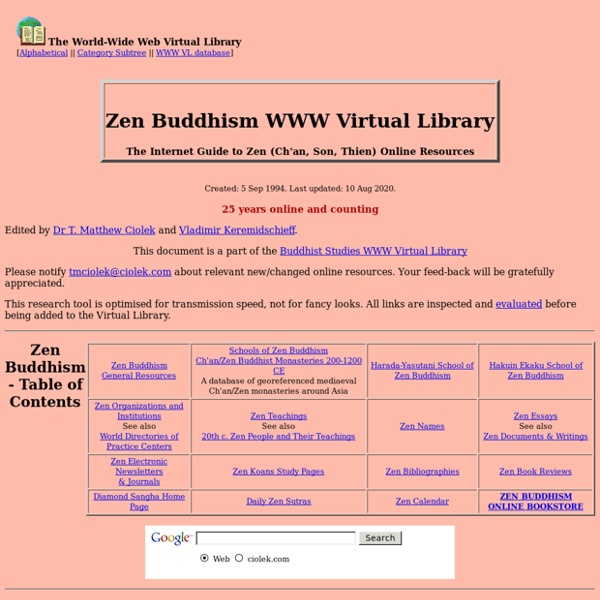breathe. | zen habits
Mystical Poetry of Rumi!
Jelaluddin Rumi, the 13th century mystic poet, was truly one of the most passionate and profound poets in history. Now, today his presence still remains strong, due in part to how his words seem to drip of the divine, and startle a profound rememberance that links all back to the Soul-Essence. Born in what is present day Afghanistan in 1207, he produced his master work the Masnawi which consists of over 60,000 poems before he died in 1273. The best way to fully say in words his impact, is that he has the ability to describe the Indescribable, Ineffable-- God. I have included two different translators of his work. Coleman Barks on the first two pages, Shahram Shiva on the third. There is a community of the spirit. Join it, and feel the delight of walking in the noisy street and being the noise. Drink all your passion, and be a disgrace. Close both eyes to see with the other eye. From Essential Rumi by Coleman Barks This We Have Now This we have now is not imagination. This is not grief or joy. of God.
Japanese Zen Buddhist Philosophy
1. The Meaning of the Term Zen The designation of this school of the Buddha-Way as Zen, which means sitting meditation, is derived from a transliteration of the Chinese word Chán. Because the Chinese term is in turn a transliteration of the Sanskrit term dhyāna, however, Zen owes its historical origin to early Indian Buddhism, where a deepened state of meditation, called samādhi, was singled out as one of the three components of study a Buddhist was required to master, the other two being an observation of ethical precepts (sīla) and an embodiment of nondiscriminatory wisdom (prajñā). 2. There are basically two methods utilized in meditation practice in Zen Buddhism to assist the practitioner to reach the above-mentioned goals, together with a simple breathing exercise known as “observation of breath count” (sūsokukan); one is the kōan method and the other is called “just sitting” (shikan taza), a form of “single act samādhi.” 3. 3.1 The Adjustment of the Body 4. 5. 6. 6.2 Zen’s Nothing
Nisargadatta Maharaj
Nisargadatta Maharaj /ˌnɪsərɡəˈdɑːtə ˌmæhəˈrɑːdʒ/ (April 17, 1897 – September 8, 1981), born Maruti Shivrampant Kambli, was an Indian spiritual teacher and philosopher of Advaita (Nondualism), and a Guru, belonging to the Inchgiri branch of the Navnath Sampradaya. In 1973, the publication of his most famous and widely translated book, I Am That, an English translation of his talks in Marathi by Maurice Frydman, brought him worldwide recognition and followers.[1] Biography[edit] Early life[edit] In 1915, after his father died, he moved to Bombay to support his family back home, following his elder brother. In 1924 he married Sumatibai and they had three daughters and a son. Awakening[edit] In 1933, he was introduced to his guru, Siddharameshwar Maharaj, the head of the Inchegiri branch of the Navnath Sampradaya, by his friend Yashwantrao Baagkar. My Guru ordered me to attend to the sense 'I am' and to give attention to nothing else. Later years[edit] Style of teaching[edit] Teachings[edit] Films
Om Mani Padme Hum: The Meaning of the Mantra in Tibetan Buddhism
Glimpsing a Few More Facets of the Mantra There are many ways to understand the meaning of the mantra. Here are a few of them: The Transformation of Speech [An excerpt from The Dharma, by Kalu Rinpoche, from a chapter on The Four Dharmas of Gampopa. ] "The second aspect of transformation [of confusion into wisdom] concerns our speech. Mere words, which have no ultimate reality, can determine our happiness and suffering. In the Vajrayana context, we recite and meditate on mantra, which is enlightened sound, the speech of the [Bhodisattva of Compassion], the union of Sound and Emptiness. At first, the Union of Sound and Emptiness is simply an intellectual concept of what our meditation should be. One of the disciples was very diligent, though his realization was perhaps not so profound. When the two disciples went to their lama to indicate they had finished the practice, he said, 'Oh, you've both done excellently. The Powers of the Six Syllables "Behold! H.H. top of page



